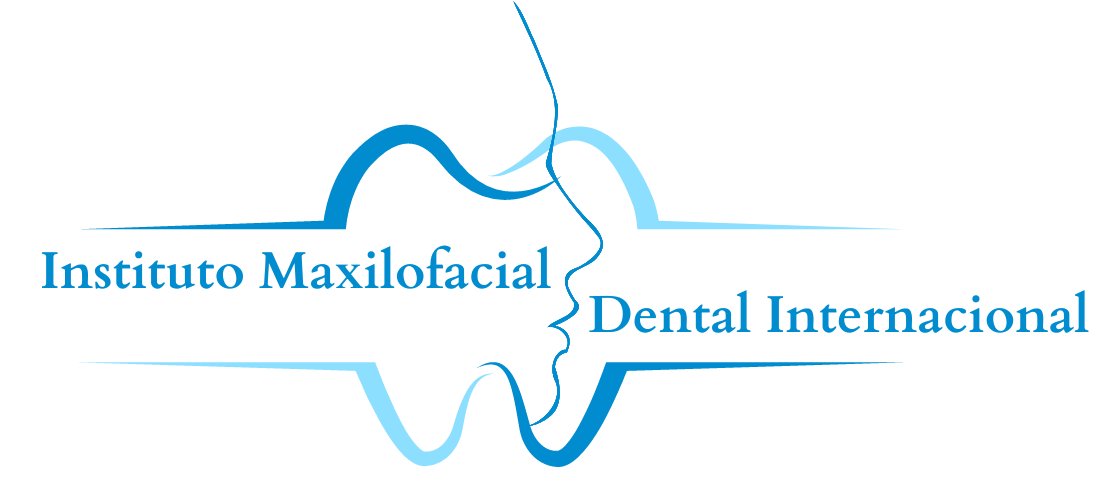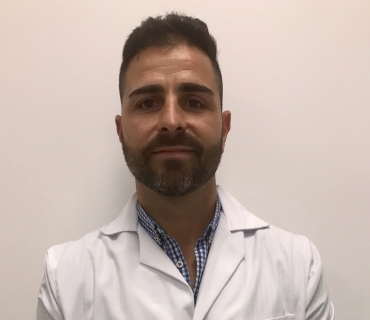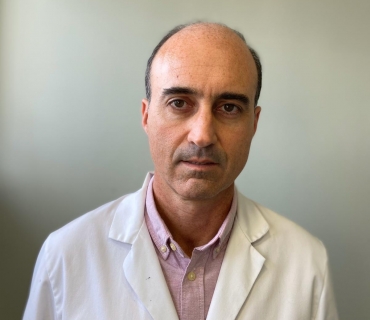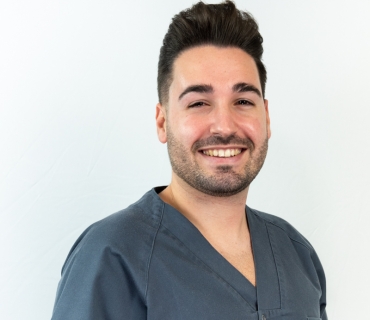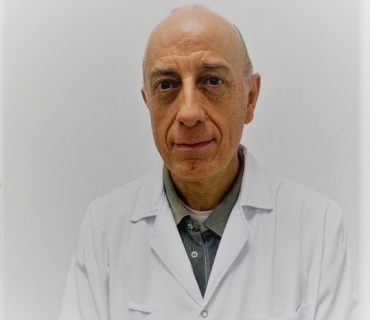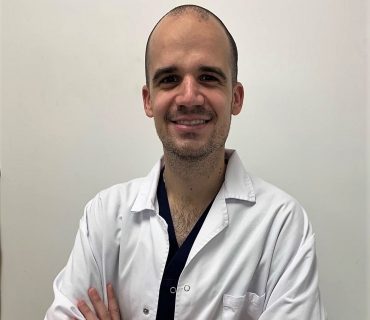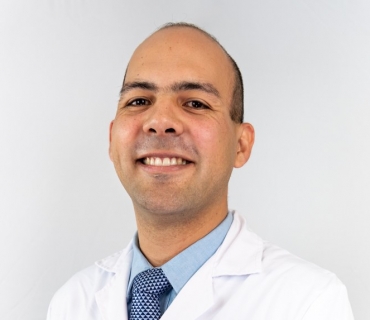Facial Physiotherapy,
TMJ & Bruxism Unit
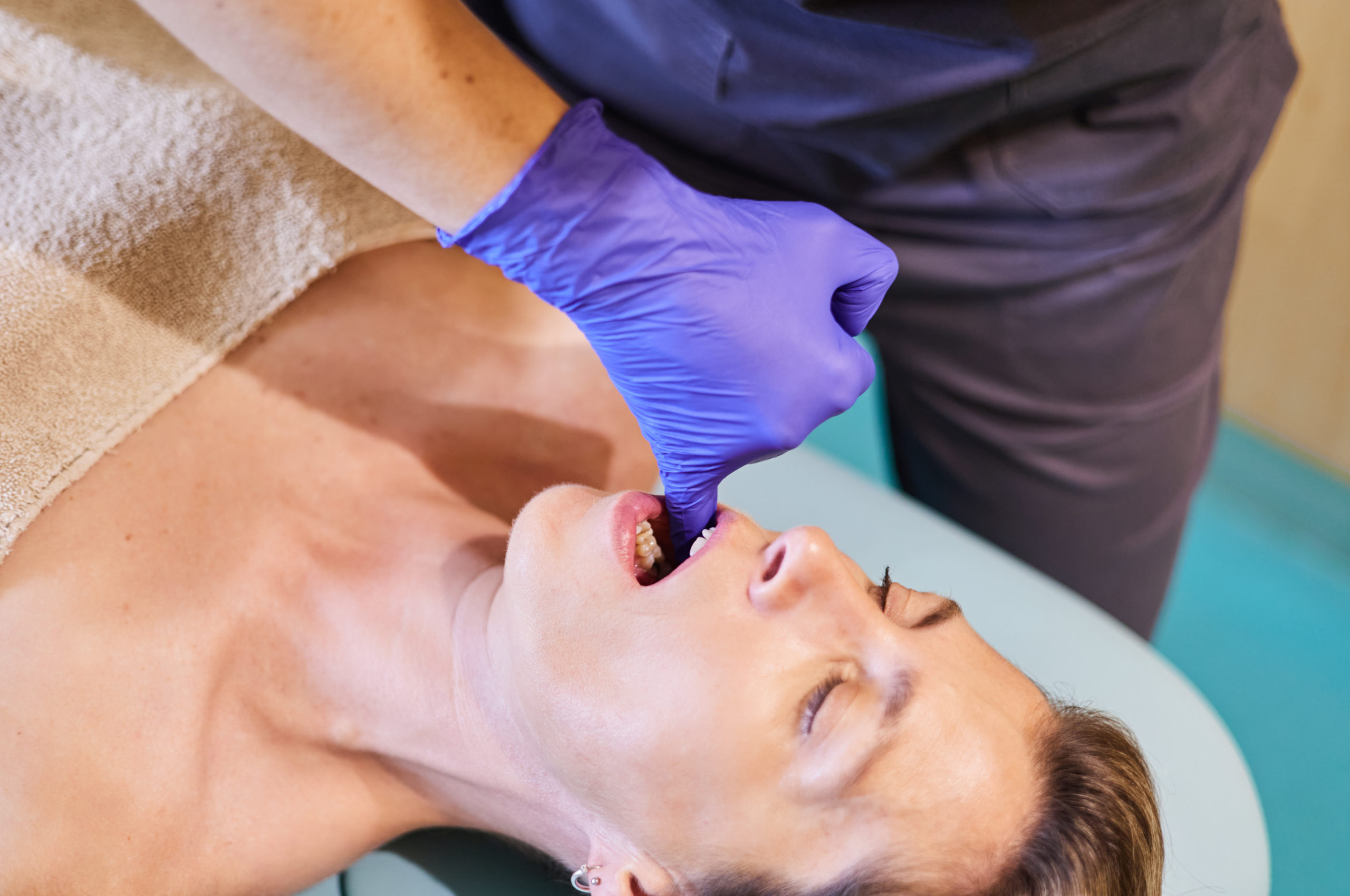
Temporomandibular disorder groups symptoms related to pain and dysfunction
of the masticatory muscles and the temporomandibular joints (TMJ).
Typically, the pain usually occurs in the facial and preauricular region,
accompanied by limitation in mandibular movement and, frequently, by the presence of
noise in the TMJ during movements. However, the most important feature
is chronic pain, which is usually the cause that pushes the patient to require
tratamient.
Team of Maxillofacial Surgeons
Dentistry equipment
Inmaculada Mata – Physiotherapist
Temporomandibular disorders can cause:
- Bruxism.
- Jaw pain.
- Headaches.
- Cervicalgia.
- Limitation of mobility in the TMJ.
- Meniscal clicking.
- Malocclusion problems.
- Etc
Currently, physiotherapy interventions specialized in TMJ disorders are
a key aspect in the success of the treatment and prognosis of temporomandibular
disorders. Among the therapeutic strategies that physiotherapy can
offer and for which there is evidence of positive results are:
- Functional assessment
- Motor control and posture advice.
- Manual therapy on the TMJ, its muscles and the cervical spine.
- Therapeutic exercise focused on the same structures.
- Invasive techniques for the treatment of myofascial trigger points, as well as acupuncture for pain management.
